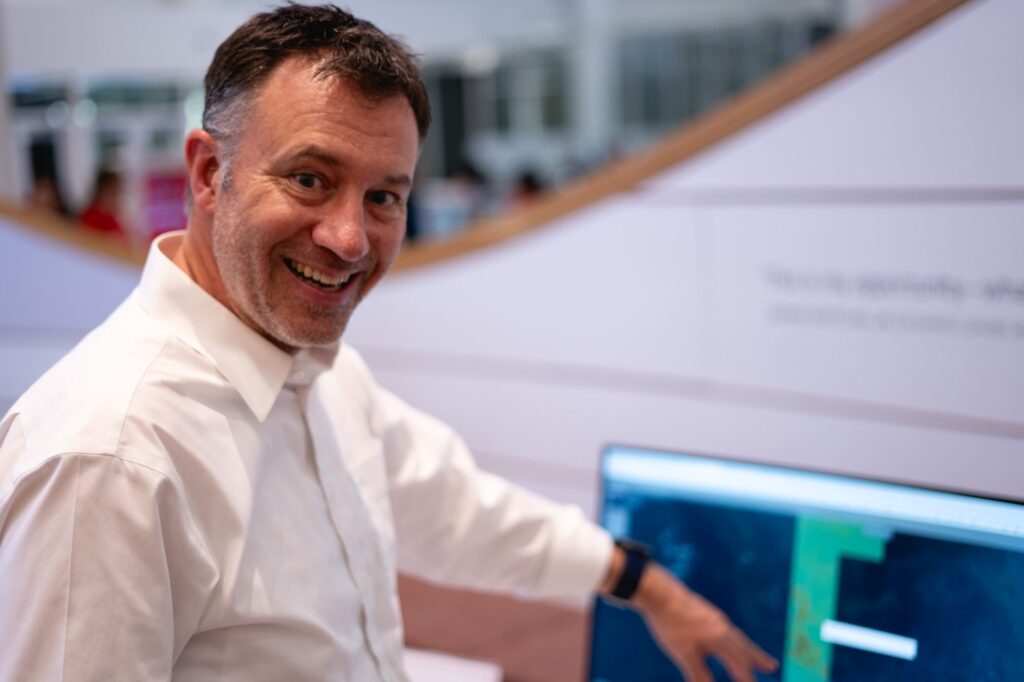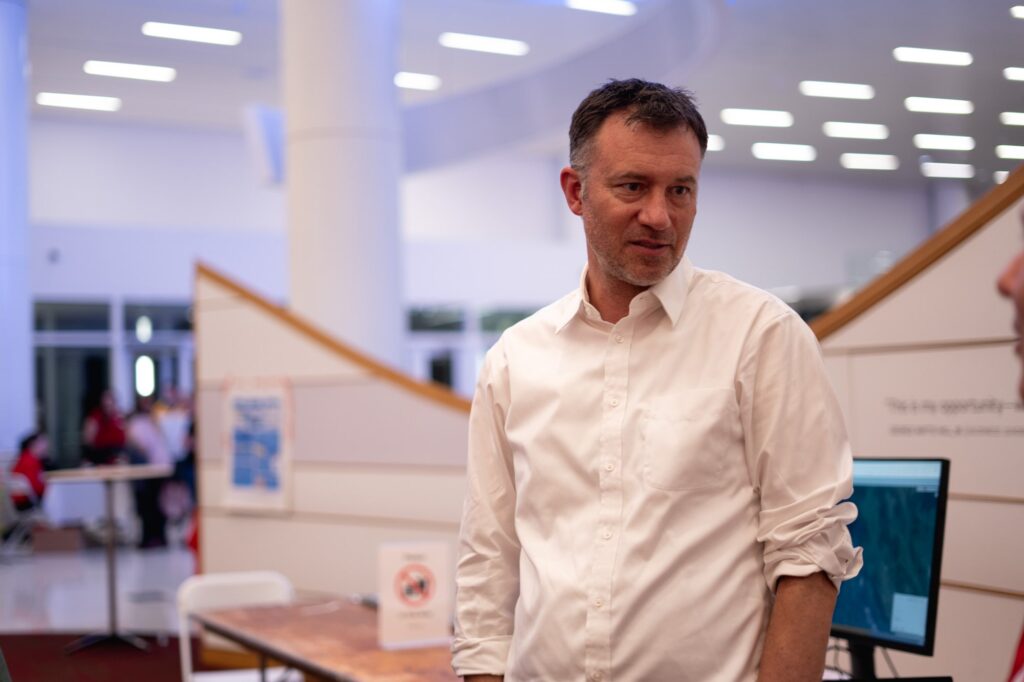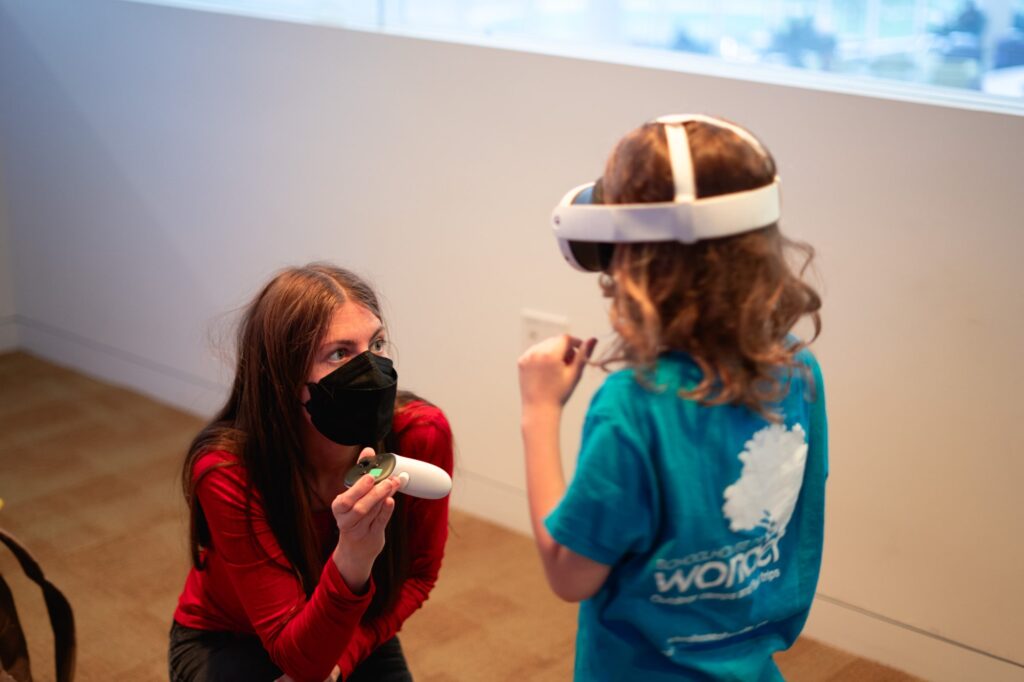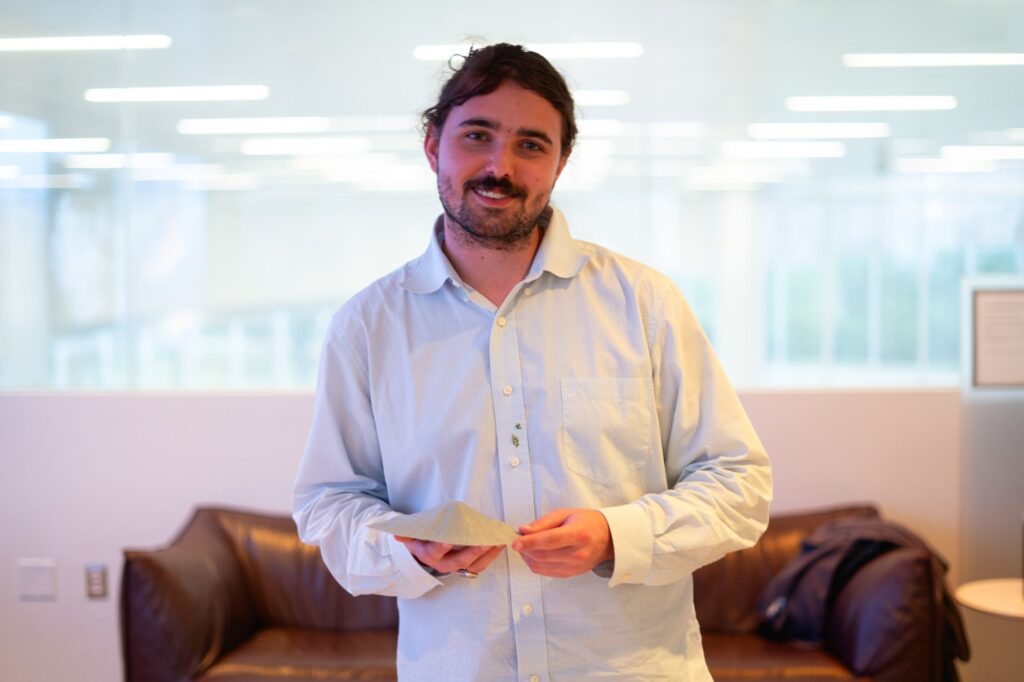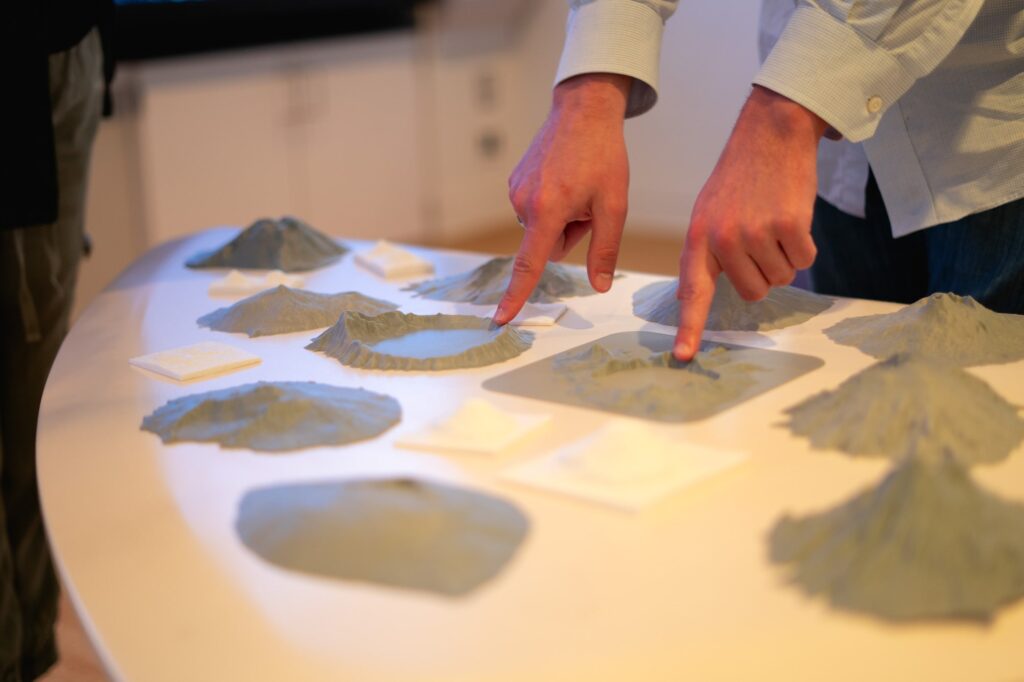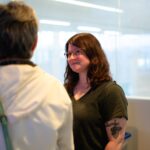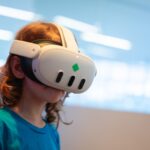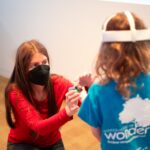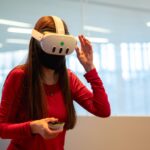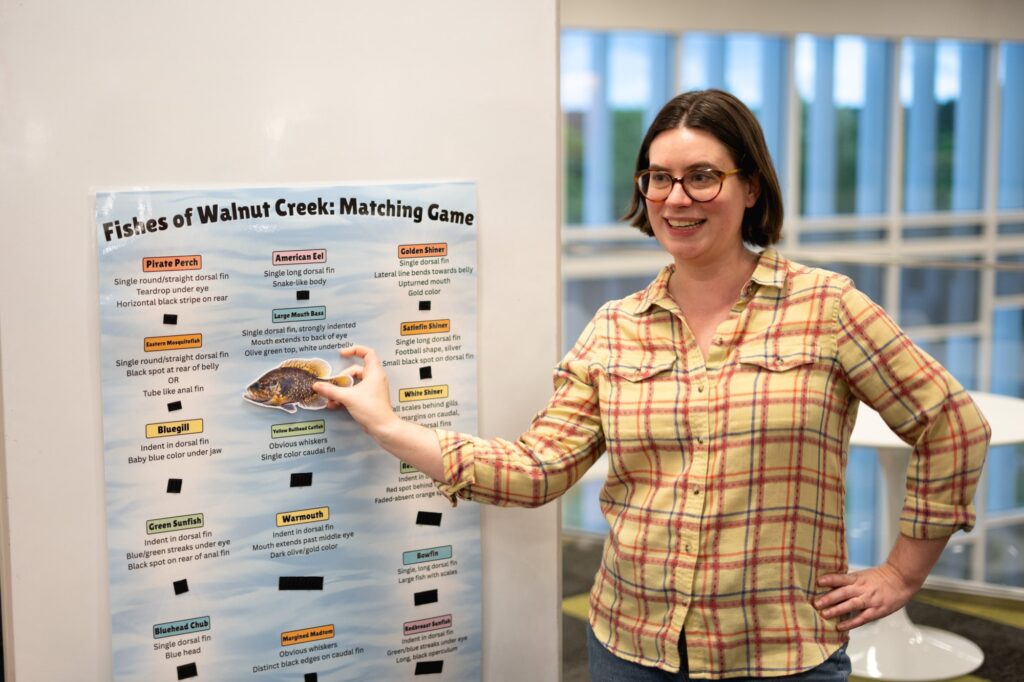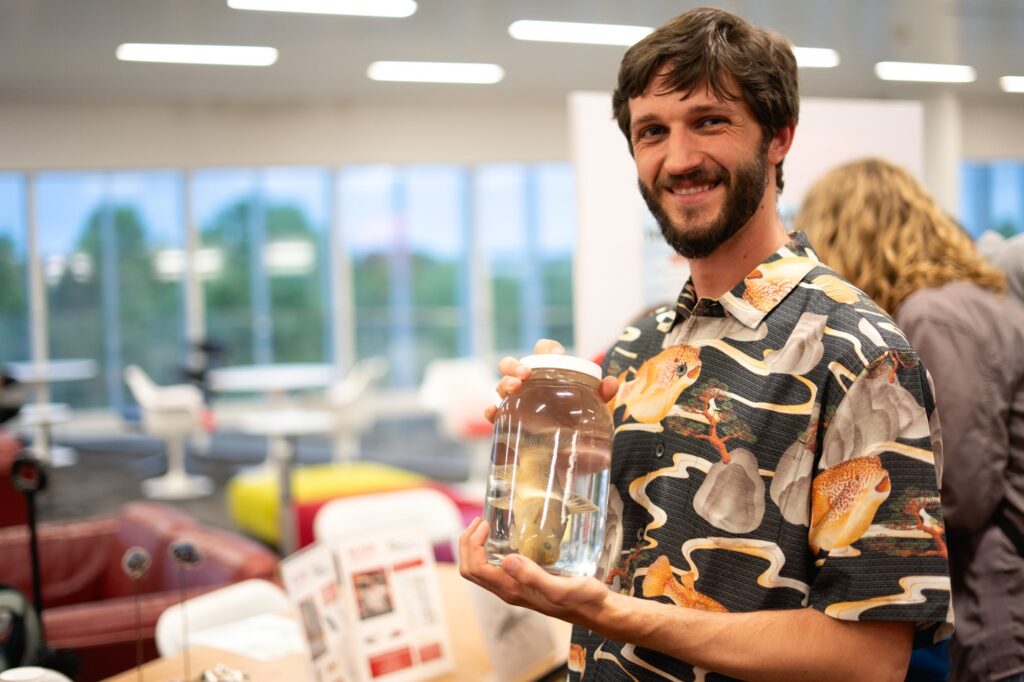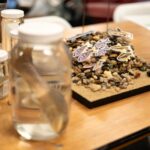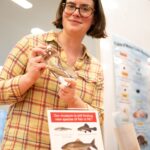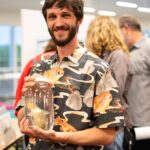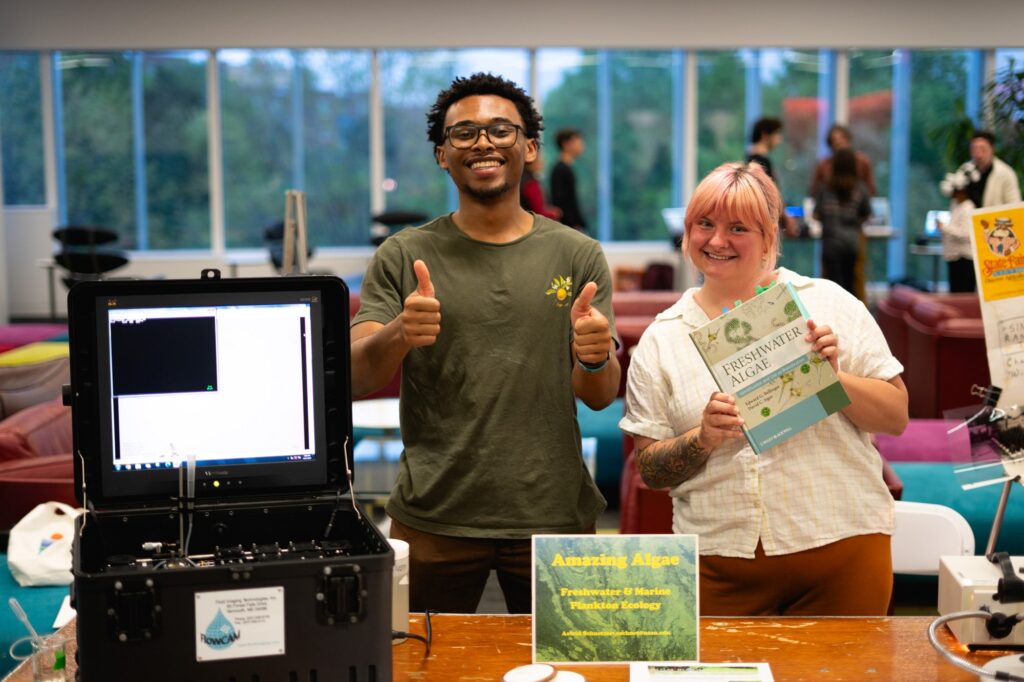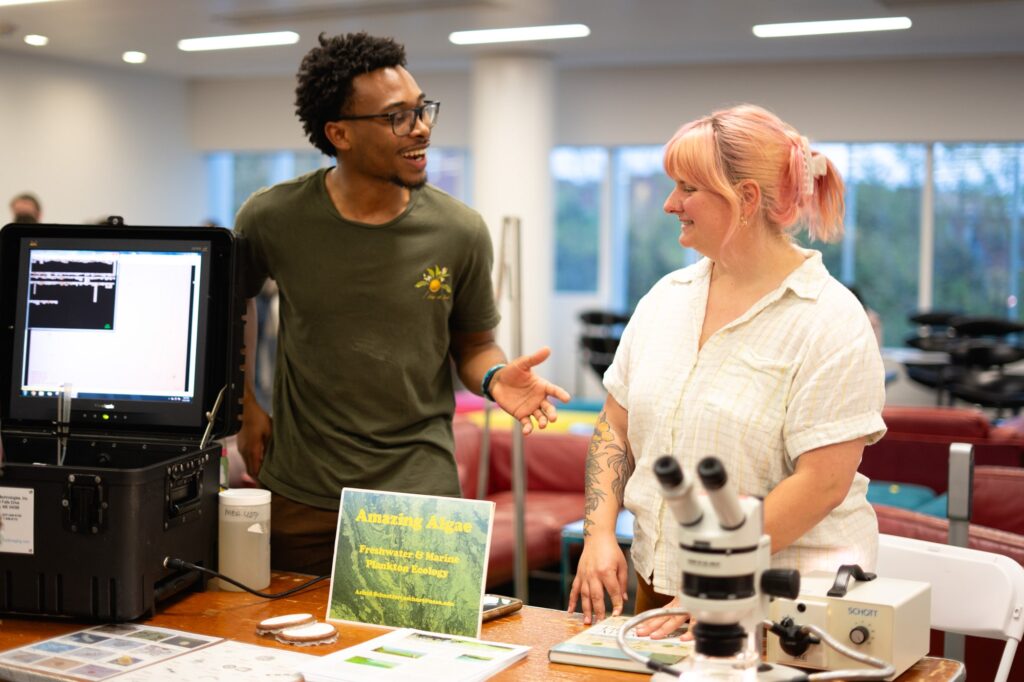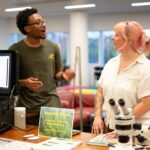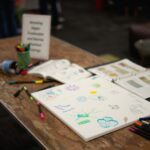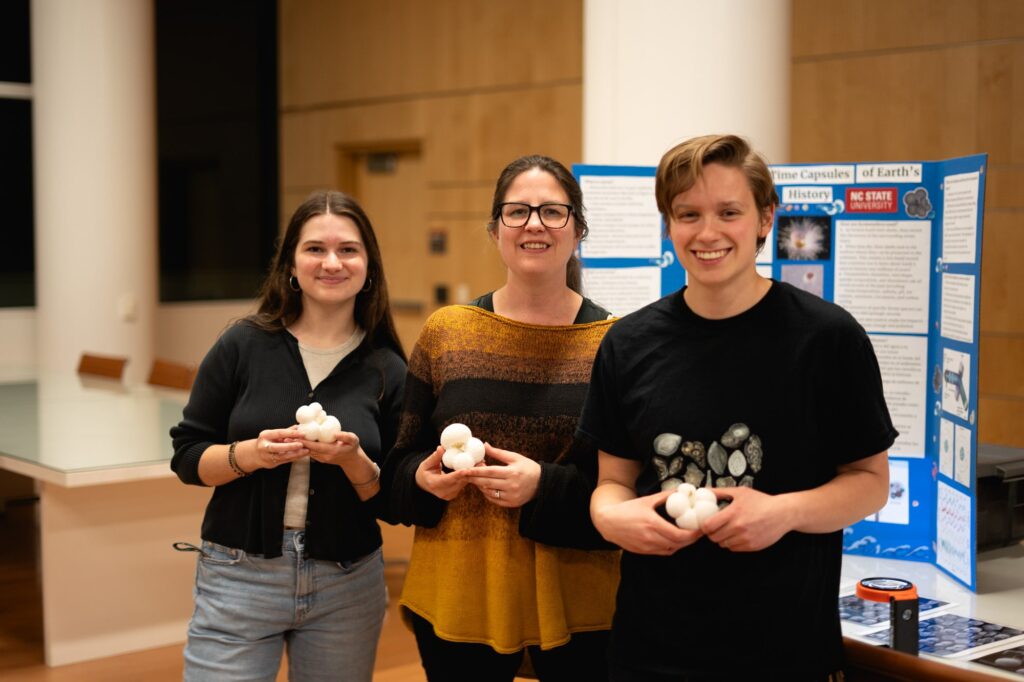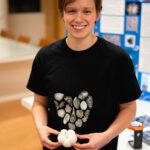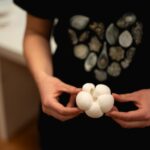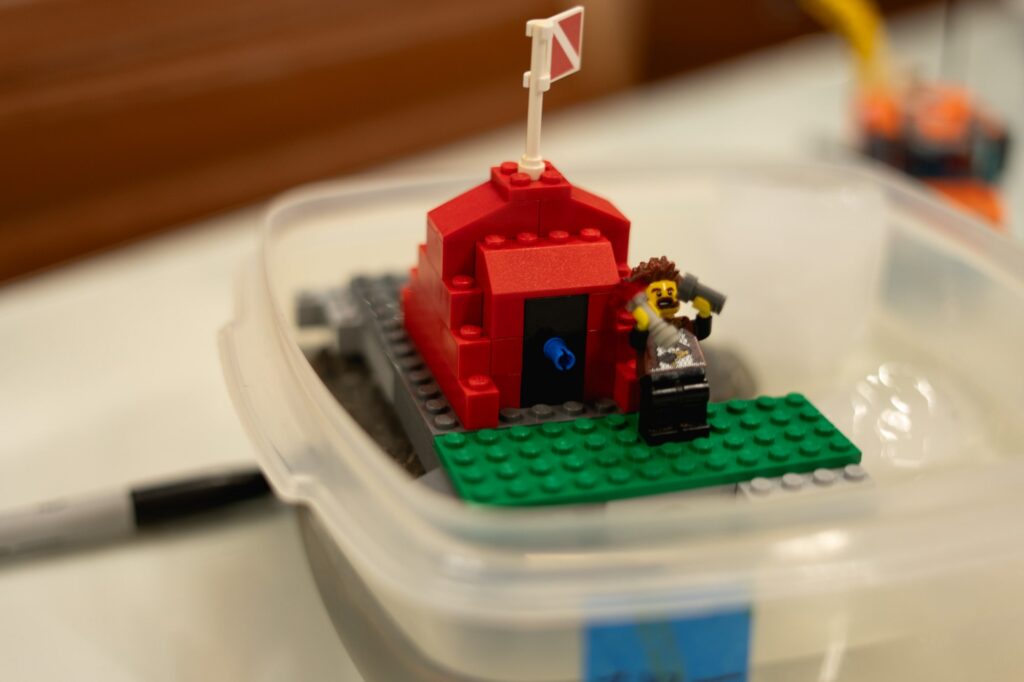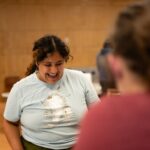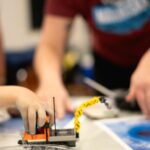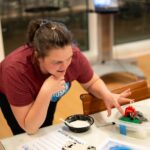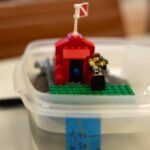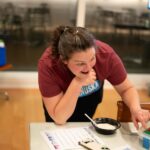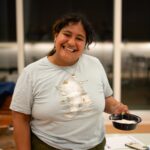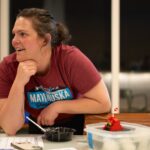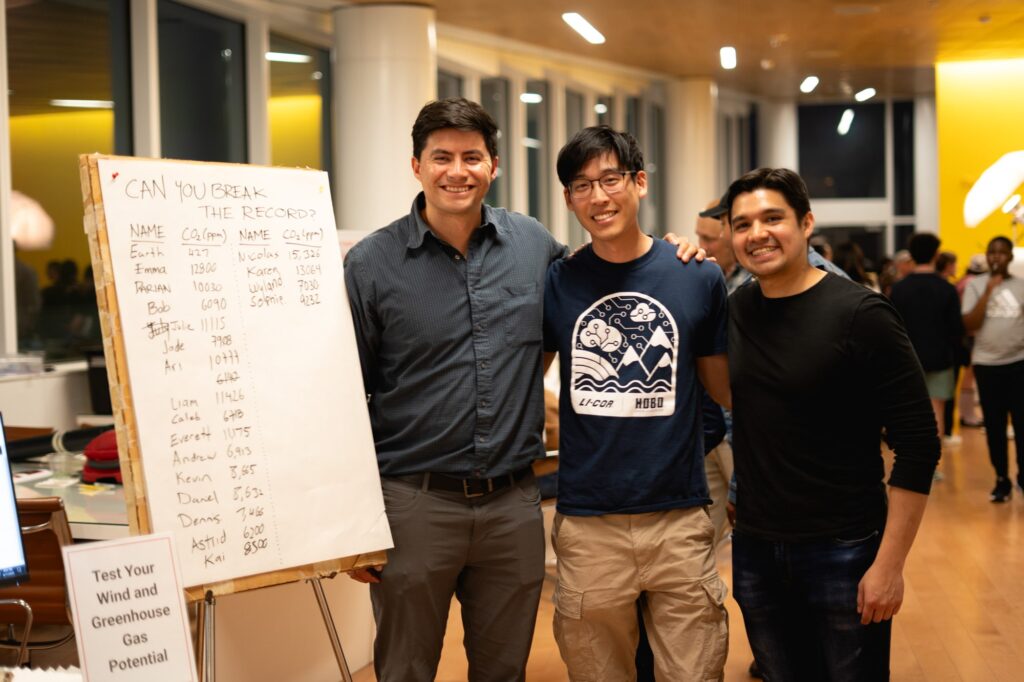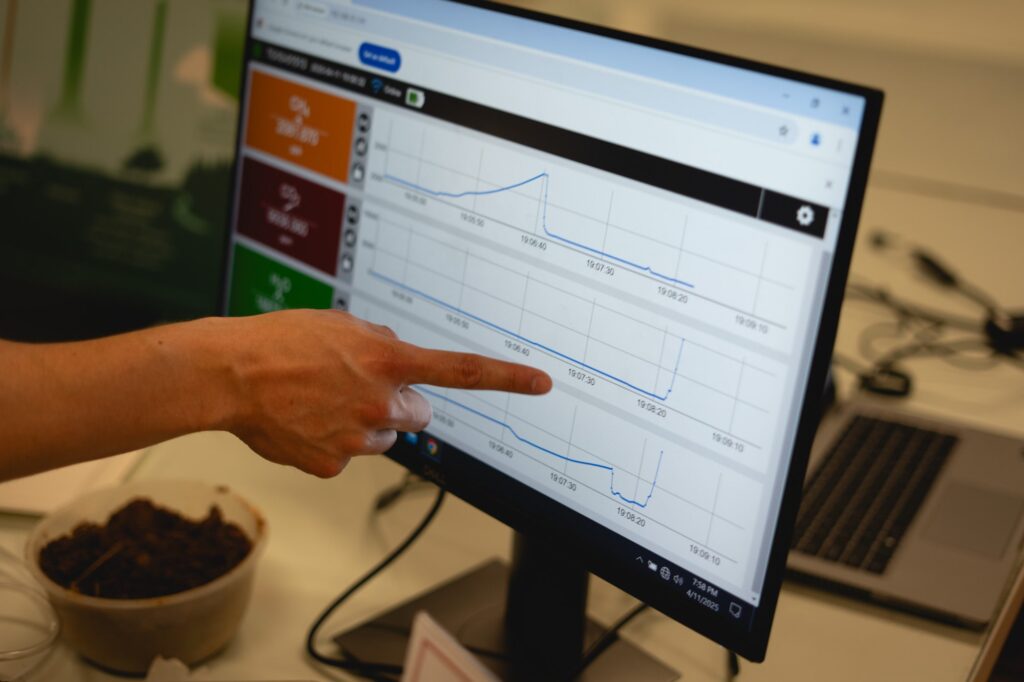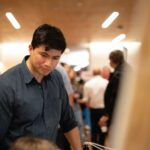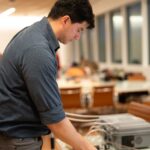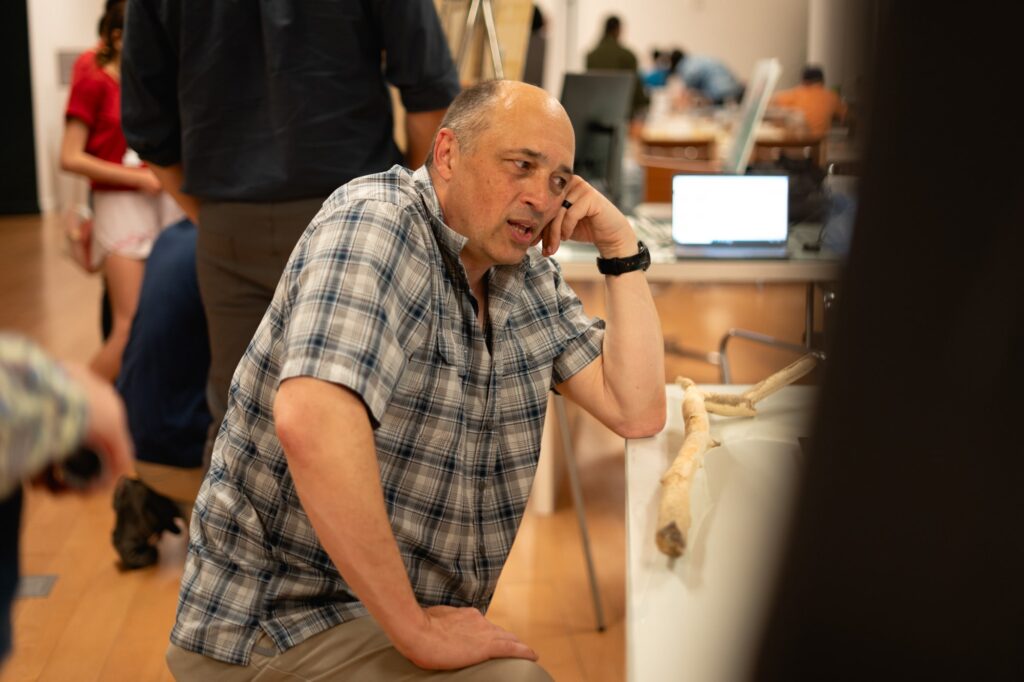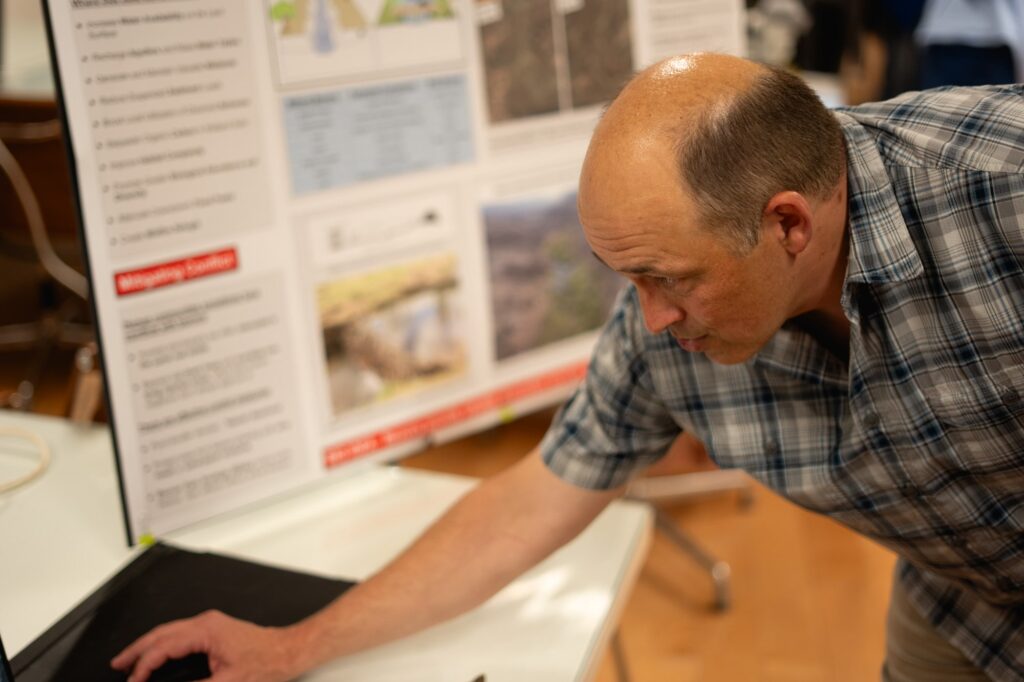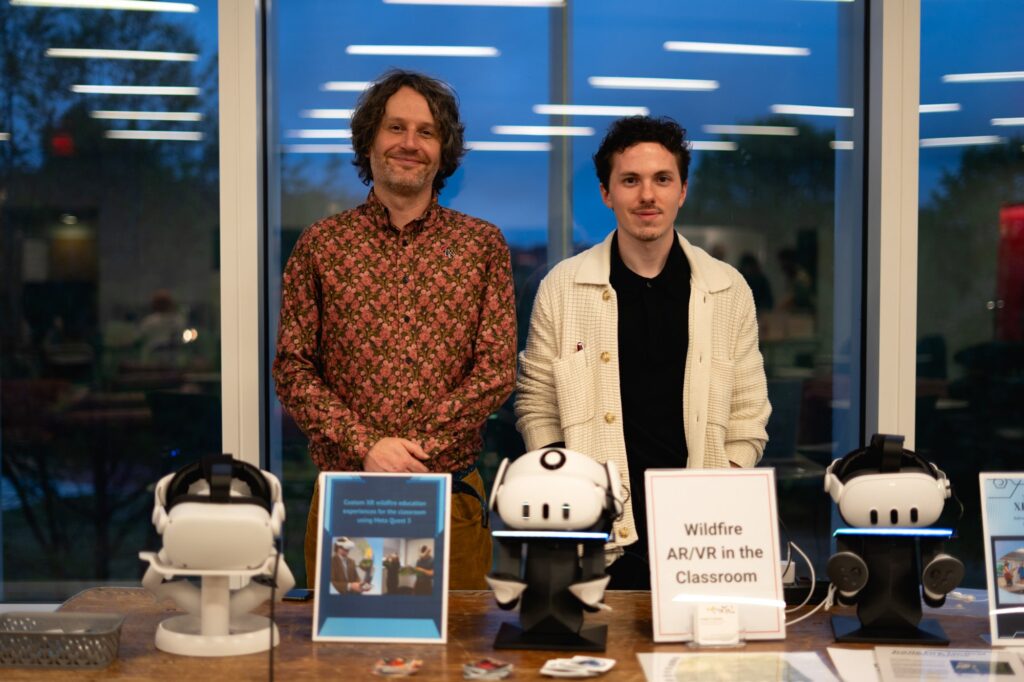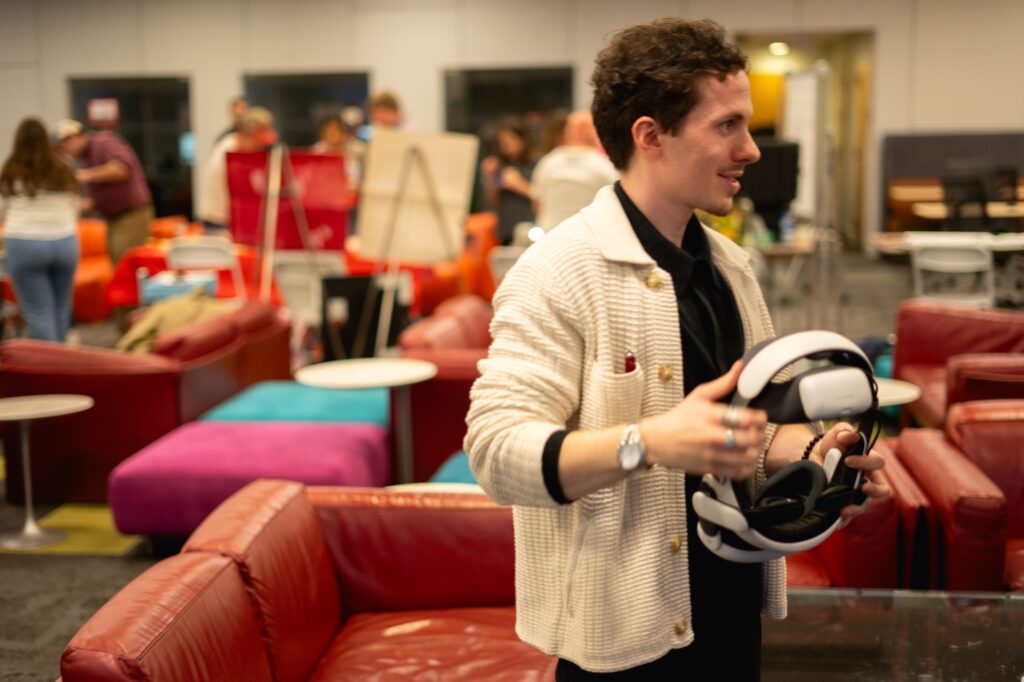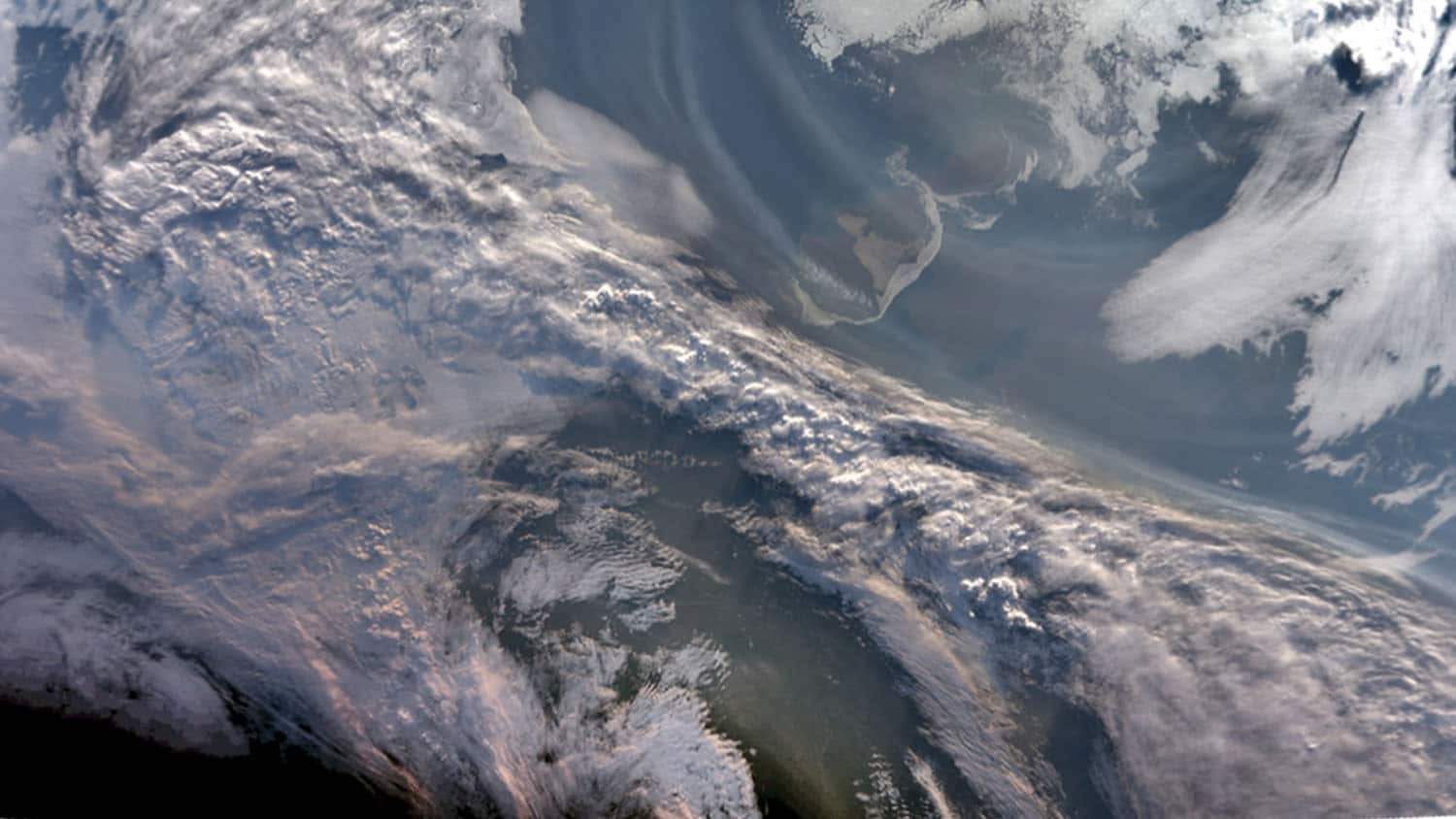MEAS outreach at the State of the Sciences
MEAS had a strong showing at NC State's annual State of the Sciences, a public outreach event that drew hundreds for an evening of interactive science activities.
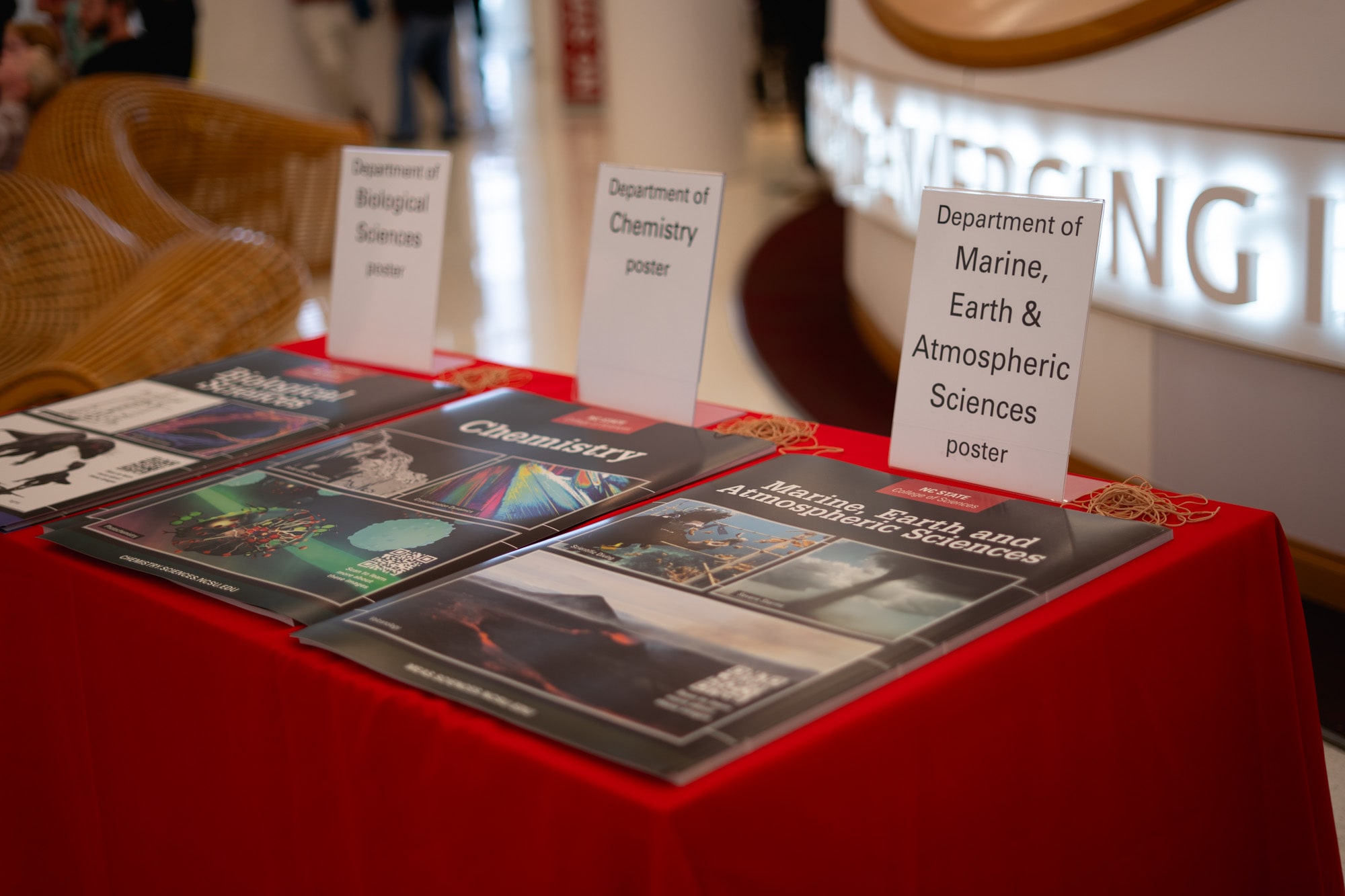
The NC State College of Sciences and NC State University Libraries held the annual State of the Sciences April 11. The event, held at the James B. Hunt Jr. Library, invites science lovers of all ages to participate in interactive activities that highlight the College’s ongoing research.
The breadth of research taking place within MEAS was on full display at this year’s outreach event. Nine different booths, headed by students and faculty, showcased how MEAS research spans various disciplines, locations and time periods.
Continue scrolling to see the variety of approaches our researchers employed to highlight how their research tackles modern challenges.
HazMapper: Global Open-Source Natural Hazard Mapping and Identification Using Google Earth Engine
Professor Karl Wegmann’ demonstrated HazMapper, a tool that uses global satellite imagery to quickly identify areas impacted by natural disasters. HazMapper was developed by Wegmann and MEAS alumnus Corey Scheip.
Volcanic Eruptions in VR
Professor Arianna Soldati and students Aiden Nixon, Vendela Haag and Micki Recchuiti let visitors experience a recent volcanic eruption in virtual reality. Visitors also used 3D-printed models to learn about volcanos on both Earth and other planets.
North Carolina’s Native Fishes
Research assistant professor Lily Hughes and student Tyler Muller taught visitors about fish species that are native to North Carolina. Visitors could view preserved fish specimens from the NC Museum of Natural Sciences, and they played a game that involved matching fish images to their descriptions.
Amazing Algae: Freshwater and Marine Plankton Ecology
Students Chayse Jones and Lucy Roussa demonstrated how they study algae and the harmful toxins that the algae can sometimes produce. Algae are the base of freshwater and marine food webs around the world, so it is essential to understand the potential health risks of the these toxins.
Microfossils: Small, but Mighty
Professor Kate Davis and students Rachel Alcorn and Emily Havard showed how microfossils called foraminifera are used to understand Earth’s past. Visitors could hold an enlarged 3D-printed model of a foram, examine foraminifera pictures under a magnifying glass and watch videos of these microscopic organisms move and eat.
Icy Insights: Glaciers, Meltwater and Climate Change
Professor Carli Arendt and student Tia Ogus demonstrated how water chemistry can be used to better understand climate impacts on icy environments and adjacent ecosystems. Legos at the table, used to explain sea level rise, were particularly attention-grabbing for younger visitors.
Test Your Wind and Greenhouse Gas Potential
Professor Camilo Rey-Sanchez and students Sebastian Emilio Diaz Cortes and Darian Ng taught visitors about wind measurements and greenhouse gasses. Their activity allowed individuals to see how fast they could blow and what greenhouse gasses they emitted in their exhales.
NC Beavers: Native Ecosystem Engineers and a Keystone Species
Student Chris Norcross showed through a poster and videos how the North American beaver is a valued member of native stream ecosystems and how they can play important roles in stream restoration.
Wildfire VR Headsets
Professor Douglas Hamilton and student Ethan Brain used virtual reality to demonstrate factors that contribute to wildfires.
- Categories:
